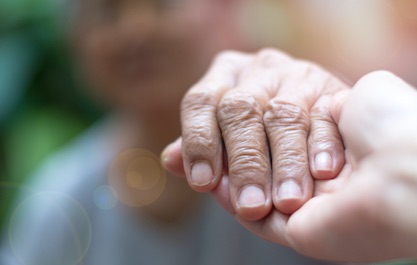CT Scan
Computed tomography (CT) is used to visualize certain regions of your body using cross-sectional images. CT scanning combines special X-ray equipment with sophisticated computers to produce multiple images or pictures of the inside of the body. CT scans of internal organs, bone, soft tissue and blood vessels provide greater clarity and reveal more details than regular X-ray exams. Your provider may recommend a CT to help:
- Diagnose muscle and bone disorders, such as bone tumors and fractures
- Pinpoint the location of a tumor, infection, or blood clot
- Guide procedures such as an abscess drain, biopsy, or pain injection
- Detect and monitor diseases and conditions such as cancer, heart disease, and liver masses
- Detect internal injuries and internal bleeding
Lakes Regional Healthcare’s computed tomography (CT) scanner has the following advantages:
Intricate Diagnostic Images
Our CT scanner provides an accurate indication of position, size, and density of objects within the body, which aids in improving diagnostic results. It also reduces streaking on the images caused by metal, such as dental fillings, hip replacements, and pacemakers.
Low Radiation
Our CT scanner has innovative technology that automates the radiation dose according to a patient’s size, weight, and anatomy.
Fast Scans
During a CT scan, a patient must hold their breath so the images do not have any motion. The CT scanner at Lakes Regional Healthcare is fast, which helps reduce the need for a breath hold, especially critical for imaging trauma, elderly, and pediatric patients. The IV contrast injector uses patient-specific algorithms to minimize IV contrast used (when necessary for some patients), which puts less stress on the patient’s kidneys that have to filter it out.
Before Your CT Scan
We want you to have the best experience during your CT scan. Please keep these things in mind:
- On the day of your CT, wear loose, comfortable clothing, preferably without metal (i.e. zippers, buttons, underwire bras).
- You may need to have labs drawn to check your kidney function prior to your CT if receiving IV contrast.
- You may need to drink an oral contrast and/or refrain from eating or drinking beforehand depending on the reason for your CT. Your healthcare provider or the Imaging scheduler should give you instructions.
During Your CT Scan
CT scans are painless and the scan itself typically only takes a few minutes. The scanner resembles a large tube with a table in the middle, allowing you to go in the tube. Upon arriving, you may be asked to change into a gown depending on what you are having imaged.
Once you enter the scanning room, the radiology technologist will help you onto the scanner table to lie down. They will make sure you are comfortable by providing blankets or cushions. If receiving IV contrast, the technologist will then start your IV. The contrast may make you feel warm for 1-2 minutes. You may be asked to hold your breath for a few seconds during your CT scan to reduce motion.
Allow 30-60 minutes for the entire exam depending on what type of CT you are having.
After Your CT Scan
A report will be sent to your provider who will then relay your results.
To learn more, please talk to your family provider.

